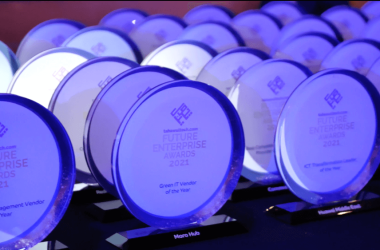Technology investments relating to Smart City initiatives across the Middle East and Africa (MEA) region will total more than $1.3 billion in 2018, according to the latest insights from International Data Corporation (IDC).
The global technology research and consulting firm’s newly released Worldwide Semiannual Smart Cities Spending Guide shows that this figure is set to reach $2.7 billion in 2022.
“The new edition of IDC’s Worldwide Smart Cities Spending Guide represents a substantial stride towards gaining granular insight into how cities around the world are transforming,” says Serena Da Rold, programme manager for IDC’s Customer Insights and Analysis Group. “We are now delivering detailed sizing of 25 named use cases, as well as the first release of a new database of spending at city level.”
Spending by the five cities that are currently sized in IDC’s database for MEA, which include Dubai, Riyadh, Tel Aviv, Istanbul, Cape Town, accounts for around half of the region’s overall Smart City spending. Dubai and Riyadh are leading the way in terms of 2018 investments.
The five largest use cases, which will attract nearly one third of the region’s Smart Cities spending in 2018, are digital permitting, licensing and inspection, advanced public transit, connected back office, Smart City platforms, and fixed visual surveillance. However, officer wearables (including smart holsters, apparels, headsets, and glasses) will see the fastest growth over the coming years, expanding at a compound annual growth rate of 79 percent through to 2022, albeit from a relatively small base.
“IDC expects to see strong continued investment by both the private and public sectors in urban areas and in Smart Cities and Communities programs and projects,” says Ruthbea Yesner, vice president of IDC’s Smart Cities and Communities programs. “This also means that it is becoming a more competitive market. This spending guide offers solution suppliers the ability to take a data-driven approach to developing products and services, and understanding buyer trends.”





